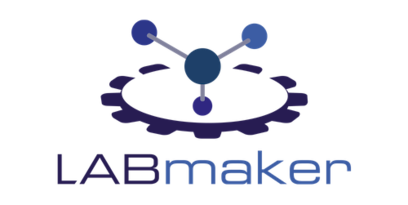Spikeling – 'in silico' neuron
Founding developer Tom Baden
$99.00 USD
For Hands-On Neuroscience Education
Engaging Neuronal Physiology Exploration
Spikeling is an in silico implementation of a spiking neuron that mimics a wide range of neuronal behaviors. Spikeling runs the computationally efficient Izhikevich model of a spiking neuron. The Arduino is connected to input ports that simulate synaptic excitation or inhibition, dials controlling current injection and noise levels, a photodiode that makes Spikeling light-sensitive and an LED and speaker that allows spikes to be seen and heard. Output ports provide access to variables such as membrane potential for recording in experiments or digital signals that can be used to excite other connected Spikelings. These features allow for the intuitive exploration of the function of neurons and networks.
Spikeling comes with multiple preprogrammed behaviors, which can be cycled through with the on-board button. The preprogrammed modes are as follows:
- Regular spiking neuron, slow adapting photodiode (“Sustained ON”)
- Bursting neuron, fast adapting inverted photodiode (“Transient Bursting OFF”)
- Fast spiking neuron, slow adapting inverted photodiode (“Sustained OFF”)
- “Chattering“ neuron, fast adapting photodiode (“Transient ON“)
- High threshold firing, slow adapting photodiode (“Sustained ON II”)
These features allow for the intuitive exploration of the function of neurons and networks. The comprehensive manual describes the programming of the Spikeling. It also offers 21 intuitive lessons using one or two spikelings for hands-on experience with spiking neurons without having to sacrifice an animal.
EXPERIMENTAL CAPABILITIES
- Active hands-on experience with neuronal physiology
- Membrane potential and action potential
- Influence of noise
- Activating and inhibitory synapses
- Fast vs slow adapting neurons
- Simple neuronal networks
- Arduino programming
KEY FEATURES
- Arduino Implementation of the Izhikevich model of a spiking neuron
- Intuitive hands-on exploration of the function of neurons and networks
- Compatible with MATLAB and Jupyter Notebook
- Comprehensive manual with over 20 lessons
- Multiple Spikelings can be connected to simple neuronal networks
- Replaces animal experiments in neuroscience education
CONTENTS OF THE SET
- 1 Main board
- 1 BNC cable
- 1 BNC to screw terminal adapter
- 1 Trigger-LED
- 1 Micro USB cable.
PUBLICATION
Baden T, James B, Zimmermann MJY, Bartel P, Grijseels D, Euler T, Lagnado L, Maravall M (2018) Spikeling: A low-cost hardware implementation of a spiking neuron for neuroscience teaching and outreach. PLoS Biol 16(10): e2006760.
Donating for Teaching and Research in Natural Sciences for Development in Africa
10% of Spikeling sales revenue will be donated to TReND in Africa.
For any further inquiries related to this product, please contact us.






